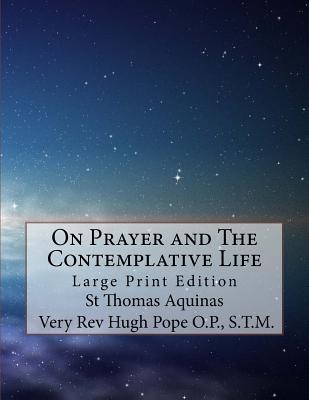What do you think?
Rate this book


Paperback
First published January 1, 1914
A century ago, men's minds were sick unto death from too much science and too little mysticism. To-day the danger is that even the drawing-rooms are scented with a mysticism that anathematizes science.📙Published in 1914.